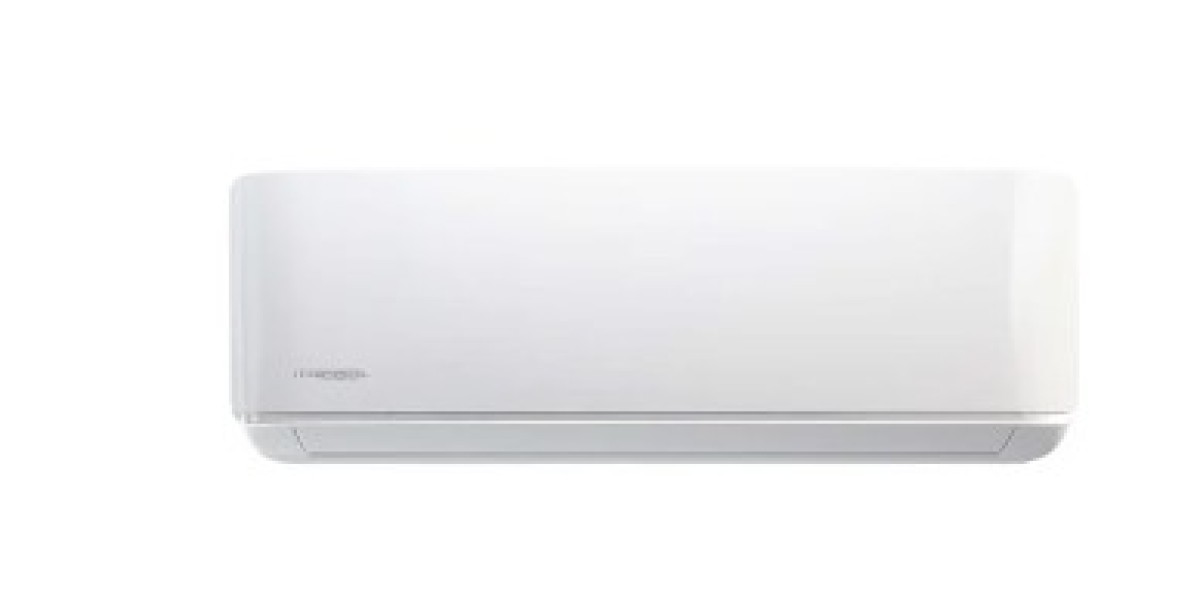Heating and cooling systems matter more than we think. If you’re upgrading your system or building a new one, a wall-mount air handler could be your best option. These compact units offer reliable comfort without eating up space. They're designed for performance, quiet operation, and flexible installation.
Let’s break down what a wall-mount handler is, how it works, and why many homeowners and contractors prefer this type of HVAC solution.
What Is a Wall Mount Air Handler?
A wall mount air handler is part of a ductless heating and cooling system. It's mounted on a wall inside a room. Unlike central HVAC systems, which rely on ducts to distribute air, this unit works independently. It pulls in air, conditions it, and pushes it back into the room—all in one motion.
It includes a fan coil, a blower, and sometimes heating components. Often used with ductless mini-split systems, it connects to an outdoor compressor unit. Together, they provide targeted heating and cooling.
How Does a Wall Mount Handler Work?
Here’s how it operates in simple steps:
It draws air from the room.
The air passes through a filter and coils.
The coils heat or cool the air based on your settings.
A fan pushes the conditioned air back into the room.
Because it's mounted high on the wall, the unit evenly circulates air. It doesn't just push air straight ahead; it spreads it out across the room.
Key Benefits
1. Easy Installation
One major reason people choose is how simple it is to install. There's no need for major renovations. You only need a small hole in the wall to connect it to the outdoor unit.
2. Space-Saving Design
Since the unit sits high on the wall, it doesn’t take up floor space. You get better use of your room. This is ideal for small apartments, offices, or additions where traditional systems don’t fit.
3. Energy Efficiency
Wall mount air handlers are part of ductless systems, which waste less energy. Duct losses in central systems can be up to 30%. Without ducts, you're getting efficient airflow straight to the space.
4. Zoned Comfort
One of the best features is that each unit controls a single room or zone. You can heat or cool one space without affecting others. That leads to better comfort and lower bills.
5. Quiet Operation
Wall-mount handlers are engineered for quiet performance. The indoor unit runs quietly, making it perfect for bedrooms or offices. You'll hardly hear it working.
When to Use a Air Handler
Not every home or building needs a central system. A wall-mount air makes sense in many cases:
Room additions where extending ductwork is expensive.
Homes without ducts, especially older buildings.
Basements or attics converted into livable space.
Garages, workshops, or studios where comfort matters.
Even if you have central HVAC, adding a wall mount handler can help in problem areas.
Maintenance Tips for Long-Term Performance
Just like any HVAC system, proper care is important. Keep these steps in mind:
1. Clean or Replace Filters
Filters trap dust and debris. Dirty filters block airflow and reduce efficiency. Clean or change them every one to three months.
2. Wipe the Exterior
Dust can collect on the unit’s exterior. Wipe it down with a damp cloth to keep it looking good and running clean.
3. Check for Leaks
Make sure the refrigerant lines and drainage system are secure. Leaks can reduce performance and lead to bigger problems.
4. Schedule Professional Maintenance
Once a year, have a technician check the entire system. They’ll clean the coils, inspect electrical connections, and test the unit’s performance.
Common Problems and Quick Fixes
Even reliable systems have issues now and then. Here's what to look for:
1. The Unit Isn’t Cooling or Heating
This could mean the filter is clogged or the refrigerant is low. Check the basics first. If it persists, call a pro.
2. Water Leaks
If water is dripping from the unit, the drain line might be blocked. Clear the line or have it inspected.
3. Strange Noises
Wall-mount handlers are quiet by design. Clicking or rattling could mean loose parts or an issue with the fan.
4. Bad Smells
This might signal mold or mildew in the coils or filter. Cleaning the unit and running it on fan mode can help dry it out.
How It Compares to Other Air Handlers
Wall-mount systems compete with floor-mounted, ceiling cassette, and ducted models. So, how does it stand out?
Wall-mounted units offer quick installation and compact design.
Floor-mounted ones are best when high wall space isn’t available.
Ceiling Cassette units are ideal for large open areas.
Ducted Units hide everything but require existing ductwork.
Choosing the right type depends on your space, budget, and heating or cooling needs.
Installation Overview
While it’s best to hire a licensed HVAC professional, here’s what’s involved:
Mount the indoor unit securely on the wall.
Drill a hole to run lines to the outdoor unit.
Connect the refrigerant, drain, and electrical lines.
Test the system for leaks.
Power on the unit and set your desired temperature.
The whole process usually takes less than a day for one room.
Conclusion
A wall mount air handler is a smart solution for heating and cooling individual rooms. It’s easy to install, energy-efficient, and space-saving. Whether you're renovating or upgrading, this type of unit gives you precise control and lasting comfort. By maintaining it properly and choosing the right size, you'll enjoy reliable performance all year round.
For reliable and energy-efficient climate control, get your wall mount air handler from MASS HVAC DISTRIBUTORS—your go-to source for top products, expert advice, and fast shipping.








